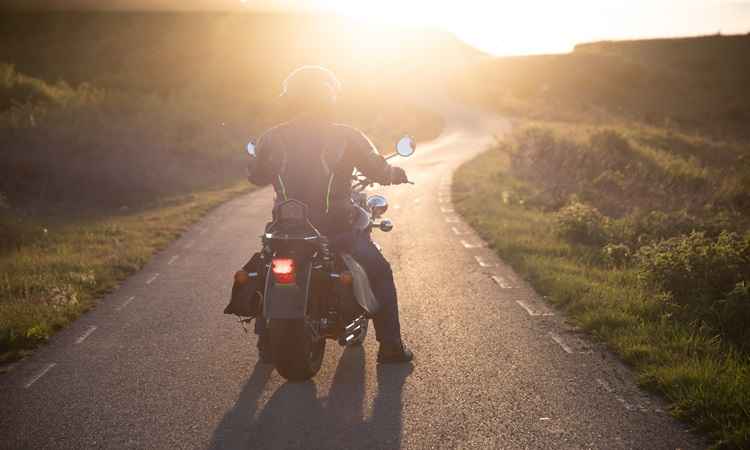Bike Switchgear Guide From Basics To Advance
Bike Switchgear Guide From Basics To Advance

Modern two-wheelers come equipped with advanced controls, making rides safer and more efficient. Understanding their functions is crucial for every rider. Additionally, securing bike insurance is essential to cover unexpected damages and ensure financial protection in case of accidents.
Bike Switchgear Guide: Functions & Usage
Switchgear refers to the set of controls and buttons located on the handlebars of a motorcycle. These components enhance the bike's functionality and safety by allowing the rider to control various features while riding. Let’s explore the key switchgear parts and their functions.
Basic controls
1. Ignition Button:
Found on the right handlebar, this button starts the bike’s engine. The kill switch must be in the ‘on’ position for the ignition to work. If your bike has a side-stand sensor, ensure the stand is up before pressing the button.
2. Horn Button:
Located on the left handlebar, it alerts pedestrians and other motorists. It should be used responsibly to avoid unnecessary noise pollution.
3. Turn Indicator Switch:
This switch, positioned on the left handlebar, signals lane changes and turns. Push it left for left turns and right for right turns. Always turn off the indicator after completing the manoeuvre.
4. Headlight Beam Switch:
This switch toggles between high and low beams. Use the high beam in poorly lit areas and switch to the low beam when facing oncoming traffic to prevent glare.
Advanced Functions
1. Hazard Light Button:
Found on some models, this button activates all indicators simultaneously, alerting others in case of an emergency or low visibility conditions.
2. ABS Off Button:
Some adventure and off-road bikes have this switch to disable the Anti-lock Braking System (ABS) when needed, such as on rough terrains where wheel lock may be beneficial.
3. Traction Control Toggle:
This switch helps manage bike stability by adjusting the wheel slip. Riders can turn it off in specific conditions like off-road riding.
4. Riding Mode Selector:
High-performance motorcycles come with multiple riding modes, such as Road, Rain, and Sport. These modes optimise throttle response and power delivery for different conditions.
5. Menu Controls:
Found on bikes with digital displays, these buttons help navigate settings, adjust trip meters, and monitor fuel efficiency without distraction.
Conclusion
Mastering bike switchgear enhances safety and ride comfort. Additionally, opting for zero-depreciation bike insurance ensures full coverage on repairs without depreciation deductions, making it a wise choice for every rider.
RELATED ARTICLES
Motorcycle Transmission: Working, Parts and Types
6 Bike Riding Gear You Should Own During Winter!
Essential Motorcycle Accessories for Long-Distance Riders
Two-Wheeler Accessories You Must Buy!










 Health Insurance
Health Insurance  Travel Insurance
Travel Insurance  Car Insurance
Car Insurance  Cyber Insurance
Cyber Insurance  Critical Illness Insurance
Critical Illness Insurance
 Pet Insurance
Pet Insurance
 Bike/Two Wheeler Insurance
Bike/Two Wheeler Insurance  Home Insurance
Home Insurance  Third Party Vehicle Ins.
Third Party Vehicle Ins.  Tractor Insurance
Tractor Insurance  Goods Carrying Vehicle Ins.
Goods Carrying Vehicle Ins.  Passenger Carrying Vehicle Ins.
Passenger Carrying Vehicle Ins.  Compulsory Personal Accident Insurance
Compulsory Personal Accident Insurance  Travel Insurance
Travel Insurance  Rural
Rural 











